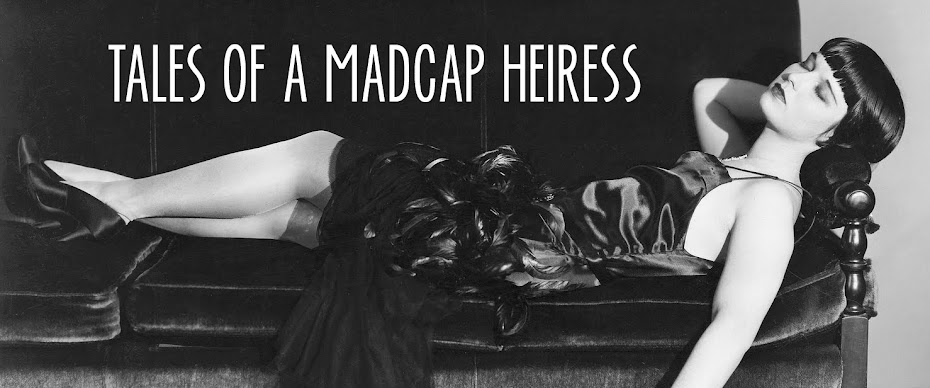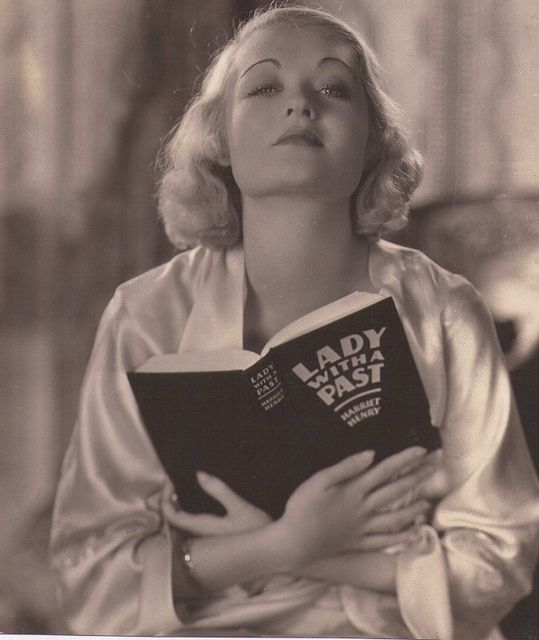Beatriz Costa (1930)
Beatriz Costa (1907-1996) was a huge
Portuguese theatre and film star who, unfortunately, is not very well known
here in the States. I became intrigued from the moment I first saw her image.
Portuguese, dark bob, only five feet tall, that could be a description of me! (Sadly though, I can neither sing nor dance.) Of course, I wanted to find out more about her. Most of the
information I did find was in Portuguese so apologies in advance for anything
that I've translated poorly.
She was born Beatriz da Conceição in Mafra,
Portugal on December 14, 1907. As a young girl she helped her mother who took in sewing and taught herself how to read at the age of 13. Enamoured with the stage, she used a connection of her stepfather’s to get a letter of introduction to a theatre manager in Lisbon and at age 15 she made her professional stage debut
as a chorus girl in Tea and Toast
(1923). She was shortly after renamed Beatriz Costa by Luis Gallardo.
Beatriz Costa from a studio session in Rio (1929)
The following year the theatre company travelled to Brazil where Costa earned raves from the public and the press, especially for her performance of the song “Mademoiselle Boy.” She returned to Portugal two years later where she continued to star in a variety of musical shows.
In 1927, she made her screen debut in The Devil in Lisbon followed the same year by Fátima Milagrosa in which she danced a tango with the future director Manoel de Oliveira. She also began sporting bangs, which would become her trademark. Although she was successful in film, she continued to perform on stage in a series of productions before going on another tour of Brazil. When she returned, she met with Paramount’s European representative and won the lead in Her Wedding Night, a remake of a Clara Bow picture and one of the first Portuguese talkies. Filmed in Paris, it brought Costa even more accolades.
In 1927, she made her screen debut in The Devil in Lisbon followed the same year by Fátima Milagrosa in which she danced a tango with the future director Manoel de Oliveira. She also began sporting bangs, which would become her trademark. Although she was successful in film, she continued to perform on stage in a series of productions before going on another tour of Brazil. When she returned, she met with Paramount’s European representative and won the lead in Her Wedding Night, a remake of a Clara Bow picture and one of the first Portuguese talkies. Filmed in Paris, it brought Costa even more accolades.
By the 1930s, Costa’s bubbly personality and
comedic talents had made her incredibly popular and she was given the nickname,
“the Sweetheart of Lisbon.” In 1933, she starred in her biggest film yet, A Song of Lisbon. Billed as the “first
Portuguese film made by Portuguese people,” A
Song for Lisbon ushered in Portugal’s Golden Age of Cinema. In 1937, Portuguese moviegoers voted her the “Princess of
Portuguese Cinema.”
She ended the decade by making her last film, The Village of White Clothes, and returning to
Brazil where she stayed for ten years, performing at the Casino da Urca; she
would later refer to this time as “the best years of my life.” It was there in
1947 that she wed the Brazilian writer and sculptor Edmundo Gregorian. But the marriage didn't last, and they
divorced two years later.
In 1949, she made a triumphant return to
Portugal where she starred in a series of successful plays including Play the Music and Carry On. After her performance in Está Bonita a Brincadeira in 1960, she retired from the stage and
travelled the world, attending theatre festivals and visiting with various
celebrities. When she returned to Portugal, she moved into the Hotel Tivoli in Lisbon where she would
live for the rest of her life. There she began a second career as an author,
writing successful books about her career and experiences. I’m happy to report, she sported a bob with her trademark bangs even in old age. Although she received many
requests to return to the stage she refused, citing the decline in the quality
of theatrical shows. Costa passed away on April 15, 1996.
Song of Lisbon is one of her few films to survive. Watch this clip where Costa awkwardly dances around and cannot hit a high note. She's funny and adorable in this scene and throughout the rest of the film; no wonder she was called the Sweetheart of Lisbon.










